How do hurricanes affect baby names?
Published in Slideshow World
Subscribe
How do hurricanes affect baby names?
When a hurricane makes landfall, its effects go beyond the physical devastation and disruption to communities in its path. Storms leave lasting societal imprints on many facets of life—even what parents name their children.
Spokeo compared data from the National Oceanic and Atmospheric Administration and Social Security Administration to see how storm names impact baby names. With massive storms becoming more frequent and public awareness increasing, the relationship between hurricanes and naming trends could become even more pronounced.
According to data maintained by NOAA, the number of weather events causing more than $1 billion in damage has been on the rise.
In the 1980s and 1990s, about five weather events per year caused over $1 billion in damage. Since 2010, that number has risen to 16 annually—tripling in frequency over three decades.
When Hurricane Andrew tore through South Florida in 1992, storms of that magnitude were few and far between. But in recent years, even more destructive storms have occurred every couple of years, with two mammoth hurricanes—Harvey and Maria—hitting in just one year.
With Hurricane Helene making headlines in 2024 as the deadliest U.S. hurricane since Katrina, it's possible the name could see a drop in popularity. The same goes for Hurricane Milton and its possible effects. Baby name data maintained by the Social Security Administration allows each name's popularity to be analyzed alongside storm data.
The connection between storm names and baby naming trends may be subtle, but the impact of extreme weather reaches further than one might expect.
Editor's note: The Social Security Administration collects data on baby names based on a binary understanding of sex and gender; however, we recognize that names aren't inherently gendered.
Visit thestacker.com for similar lists and stories.
What's the deal with naming storms?
Hurricanes weren't always given human names.
While storms of the past were sometimes named after saints (such as Hurricane Santa Ana in 1825), before the 1950s, most storms were identified by latitude and longitude coordinates, making tracking and reporting confusing. In 1953, the U.S. began using female names for hurricanes, a practice expanded in 1979 to include both female and male names on a six-year rotating list managed by the World Meteorological Organization.
Hurricanes are named primarily for clear communication. Using simple, easily recognizable names reduces confusion and ensures the public can follow forecasts and warnings. With the potential for multiple storms to be active simultaneously, distinct names help prevent misinformation and misinterpretation, which can be crucial for emergency preparedness.
When a storm is particularly deadly or costly, its name is retired. For example, names like Katrina (2005), Sandy (2012), Maria (2017), and Harvey (2017) have been permanently removed from the rotation. The WMO replaces retired names with new ones.
Some mixed naming patterns, but more often a decline in popularity
After a major hurricane strikes, the popularity of its name often declines. This effect is particularly strong for storms that cause significant destruction and loss of life.
Names like Katrina and Harvey saw sharp declines in rankings following their respective storms, suggesting that parents may avoid names associated with tragedy.
However, some names remain stable or even rise in popularity, likely due to pre-existing social or cultural trends. For example, the name Ian continued a rise in popularity that began in 2021, even after the 2022 storm. The name Maria initially dipped in popularity after Hurricane Maria in 2017, but then rebounded and steadily climbed since 2020.
While some names plummet in rank, others decline more gradually.
A few, like Florence and Irene, gained popularity after their storms, indicating that not all hurricane names become less desirable.
The effect on baby boys' names
Several well-known boys' names have experienced noticeable declines in popularity following devastating hurricanes.
One of the most striking examples is Andrew, which plummeted in rank after Hurricane Andrew tore through Florida in 1992. Once a highly favored name, Andrew saw a sharp decline after the storm and continued to drop steadily in the following decades.
Harvey followed a similar pattern, rising in popularity until the catastrophic flooding of Hurricane Harvey in Texas in 2017. The name saw an immediate and sharp decline the following year, suggesting a strong public reaction to the storm's devastation.
Other names, like Matthew and Michael, experienced similar declines. Hurricane Matthew in 2016 and Hurricane Michael in 2018 both corresponded with noticeable drops in their popularity. These names were already declining, but the storms appeared to accelerate their downward trends.
Girls' names see similar effects
Just like with boys' names, hurricanes have influenced the popularity of certain girls' names—often leading to a sharp decline in some instances.
Katrina is one of the most striking examples. After Hurricane Katrina devastated the Gulf Coast in 2005, the name's popularity plummeted, dropping rapidly in the years that followed.
Maria, however, did not see a decline as steep as Katrina's. Its ranking fluctuated in the years following the storm, suggesting that while some parents may have avoided it, the name retained cultural significance that helped buoy its usage.
A more complex trend can be seen with Isabel, which dipped in popularity after Hurricane Isabel in 2003, briefly rebounded, and then experienced a long-term decline. While some names may initially recover, they can still face a gradual drop in usage over time.
Overall, the data suggests that a storm's severity and media coverage play key roles in shaping naming trends.
Additional data reporting by Elena Cox. Story editing by Carren Jao. Copy editing by Kristen Wegrzyn.
This story originally appeared on Spokeo and was produced and distributed in partnership with Stacker Studio.
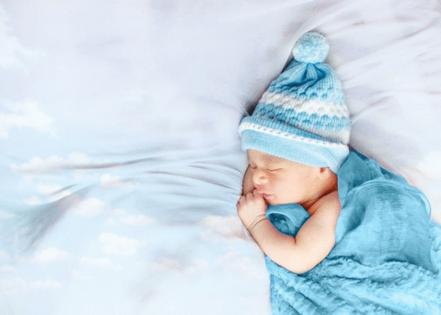
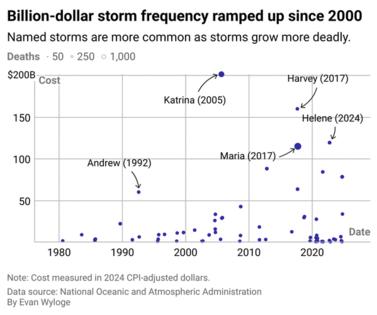
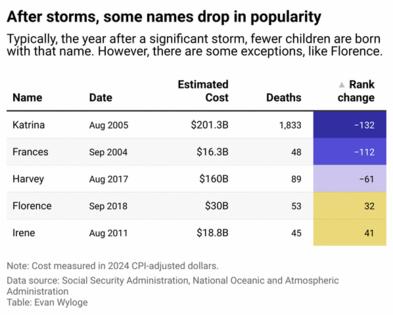


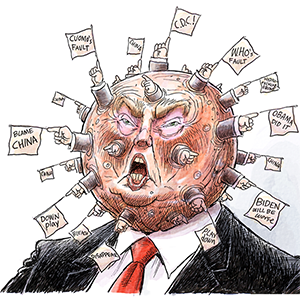


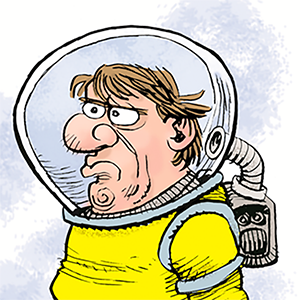
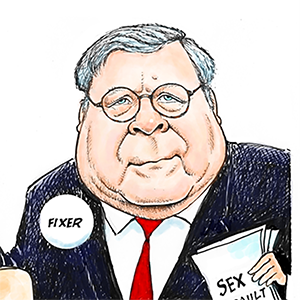
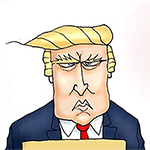
Comments